Velvet Glove, Iron Fist, or Even Hand? Protest Policing in the United States, 1960-1990
Most scholars of social movements agree that since the 1960s protest policing in the United States has decreased in severity. Yet this characterization runs counter to sociolegal arguments that virtually all forms of state social control have become more forceful. We maintain that both of these arguments obfuscate what is really of essence to policing of protest: the character of the protest event and the level of threat posed to police. We examine U.S. protest policing over the 1960-1990 period and show that while it is generally true that aggressive policing is less likely following the 1960s, threatening protests are always policed aggressively, regardless of the period. The findings suggest that general claims about the increasing or decreasing severity of policing over time are less useful than are arguments about the character of the protest event and the level of threat posed to police officers.

